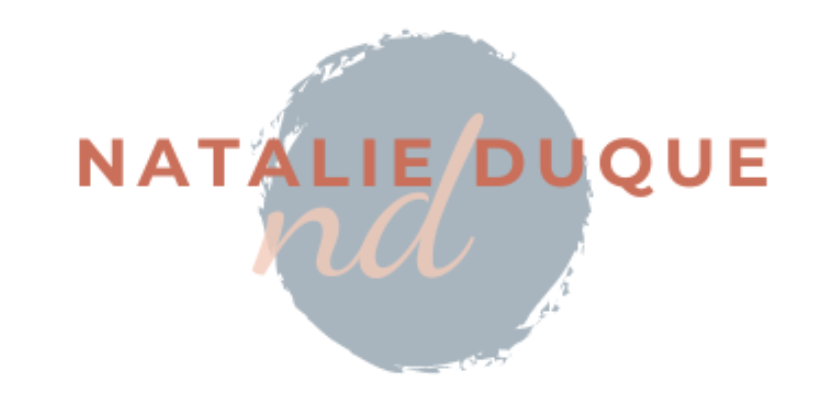The Hidden Power of Rhythm: How Beats Shape Our Earliest Moments
Have you ever noticed how a steady beat can calm you down? Maybe the rhythmic rocking of a train lulls you to sleep, or a song with a strong pulse helps you focus. Rhythm isn’t just something we hear—it’s something we feel. And it turns out, we’ve been feeling it long before we were even born.
The First Beat We Ever Hear
Before we enter the world, our first experience of rhythm comes from inside the womb. A baby’s earliest soundtrack isn’t Mozart or lullabies—it’s the steady lub-dub of their mother’s heartbeat, the rise and fall of her breath, and the gentle sway of her movements. These patterns create a natural rhythm that helps shape a baby’s developing brain.
But what happens when a baby is born too soon?
The Rhythm Problem in NICUs
Preterm infants who spend their first weeks in Neonatal Intensive Care Units (NICUs) don’t get that same rhythmic comfort. Instead of a steady heartbeat and warm rocking, they’re surrounded by beeping machines, flashing lights, and unpredictable noises—a chaotic and stressful environment.
This disruption isn’t just inconvenient; it can impact their development. Without rhythm, preterm babies may struggle with stress, self-regulation, and sleep, all of which are crucial for brain and body growth.
How Rhythm Helps Tiny Fighters Thrive
Here’s where the magic of music—and rhythm—comes in. Research shows that introducing rhythmic stimulation in NICUs can make a world of difference. Scientists have found that preterm babies respond to steady beats—whether it’s a simulated heartbeat, gentle rocking, or a parent’s singing voice. These rhythmic interventions can:
🥁 Stabilize heart rates and oxygen levels
🥁 Reduce stress and crying
🥁 Improve sleep and feeding patterns
✅ Support early brain development
The Science Behind the Beat
Studies by researchers like Porcaro et al. (2006) have shown that even fetuses can detect rhythmic sounds before birth. Their brains respond to external beats, proving that rhythm isn’t just something we enjoy—it’s something we’re wired to recognize.
Another study found that when preterm infants were exposed to rhythmic music or heartbeat sounds, their bodies adjusted to the beat, leading to lower stress levels and better self-regulation. That’s pretty powerful for something as simple as a steady pulse!
Bringing Rhythm into Caregiving
So, what does this mean for parents, caregivers, and even those of us who simply love music? It means that rhythm is a tool we can all use—not just for entertainment, but for connection and healing.
If you’re a parent, rock your baby rhythmically, sing to them, or even play gentle, structured music. If you work with infants or preterm babies, consider how rhythmic interventions—like heartbeat simulations or lullabies—can make a difference in their growth and well-being.
Rhythm is More Than Music—It’s Medicine
Rhythm isn’t just something we listen to—it’s something that shapes us from the very beginning. Whether it’s a baby in the womb or a tiny fighter in the NICU, a steady beat can provide comfort, stability, and support for development.
And maybe that’s why we never grow out of our love for rhythm. From tapping our feet to a song, to finding calm in the sound of waves, to feeling the heartbeat of someone we love—rhythm is the universal language that connects us all.
Let’s use it. 🎶💛
